
Best New Space Pictures: Wizard Nebula, Gravity Waves
By Andrew Fazekas, National Geographic News, 27 July 2013.
By Andrew Fazekas, National Geographic News, 27 July 2013.
The Wizard Nebula lights up, the sun reveals a dark spot, and a telescope spins in this week's best space pictures.
1. Wizard Nebula
Looking like a magical sorcerer, the Wizard Nebula is a star forming region located some 8000 light years from Earth within our Milky Way galaxy.
Imaged here by the 4-meter Mayall telescope at Kitt Peak National Observatory in Arizona, the giant cloud of gas and dust surrounds an open cluster of young stars some 5 million years old. Radiation emitted by the stellar cluster lights up the colourful nebula from which it was born.
The Wizard, known formally as NGC 7380, stretches more than 100 light years across, appearing larger than the disk of a full moon, and is visible in small telescopes within the northern constellation Cepheus.
2. Dark Spot
A giant, dark coronal hole blankets the entire northern region of the Sun in this image captured by NASA's Solar and Heliospheric Observatory (SOHO) on July 18.
Coronal holes are less dense than cooler regions in the outer solar atmosphere and appear darker to satellite cameras than surrounding areas of the sun.
3. Round and Round
The New Technology Telescope (NTT) located at La Silla Observatory in Chile's high altitude Atacama desert appears to spin here like a top as its blurred movement is captured over a 30-second exposure.
With a 3.58 meter sized mirror, this telescope was never considered that large but its design is unique among professional observatories. Using adaptive optics - where the mirror remains flexible and able to maintain a perfect shape without flexing or sagging - astronomers can capture crystal clear images of faint objects like exoplanetary systems and distant galaxies.
4. Gravity Waves
An unusual atmospheric phenomena visible from the International Space Station is captured in this June 24 image of northeastern Lake Superior in Ontario, Canada.
Distinct parallel bands of clouds perpendicular to the wind - called gravity waves - are visible at the centre of this image. Cool air slides over warmer air, creating an up and down flow that forms this design, visible only from the unique vantage point of space.
5. Cosmic Forest
Photograph by Babak Tafreshi, TWAN
Like a cosmic tree, the Milky Way band of stars appears to rise out from an ancient pine tree forest at Cedar Breaks National Monument in southern Utah.
Among the longest-lived organisms, some of the twisted bristlecone trees - picture above in the foreground - are 5000 years old.
Light from some of the stars in this image left on their journey when some of these trees were just sprouting.
6. Space Taxi
While Boeing's new CST-100 spacecraft - undergoing tests in July - is reminiscent of the old Apollo-era capsules on the outside, the newly unveiled space taxi is filled with state-of-the art technology like tablet computers on the inside.
Expected to fly by the middle of the decade, the CST-100 will ferry up to 7 astronauts and cargo to the International Space Station.
7. Mysterious Sun
Launched only a month ago, NASA's newest sun-watching satellite, the Interface Region Imaging Spectrograph (IRIS), sent back its first image of the Sun's lower atmosphere on June 25 - the clearest picture ever of this mysterious region.
A large dark sunspot is visible in the lower right of the image, but its surroundings are filled with previously unseen features that NASA describes as "a multitude of thin, fibril-like structures."
Astronomers hope this new telescope will help them understand how massive amounts of energy moves in loops and arcs throughout our parent star's lower atmosphere.
8. Elephant's Trunk
Located 2,400 light years from Earth, the Elephant Trunk nebula, captured here by the Mayall 4-meter telescope at Kitt Peak National Observatory, is home to over 200 baby stars less than 100,000 years old.
Resembling a pachyderm's proboscis and head, this elongated cloud of gas and dust stretches nearly 20 light years in length and is sculpted by the strong winds produced by the massive stars lying within.
Top image: NASA's Spitzer Space Telescope image of the "Elephant's Trunk Nebula". Credit: NASA/Wikimedia Commons.
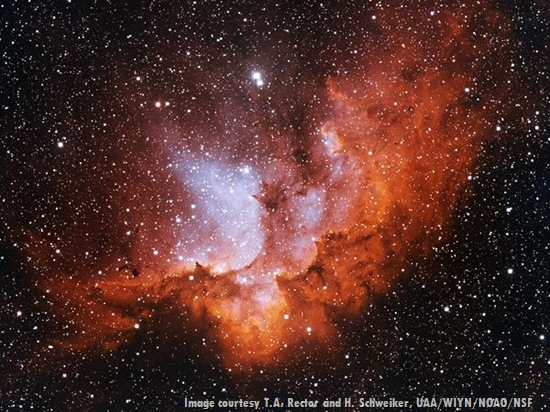
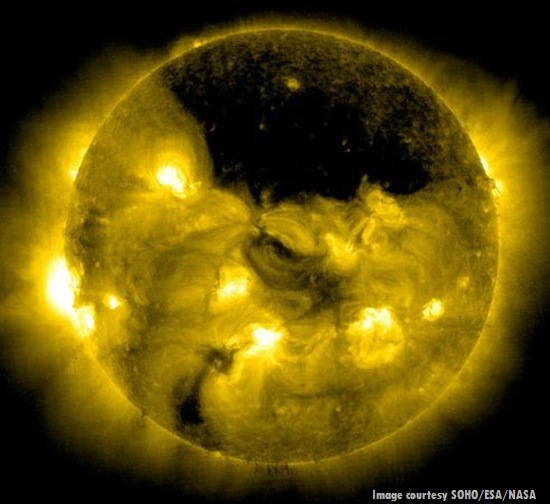
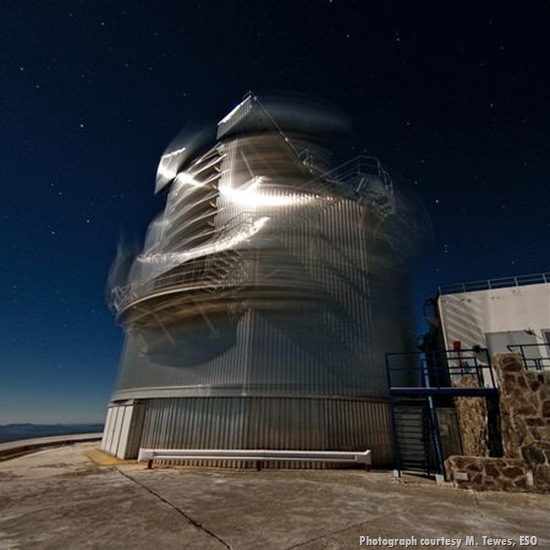
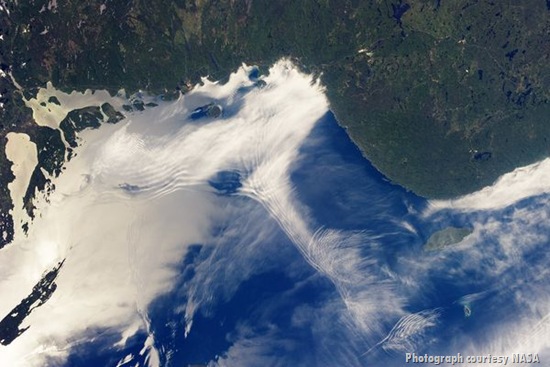
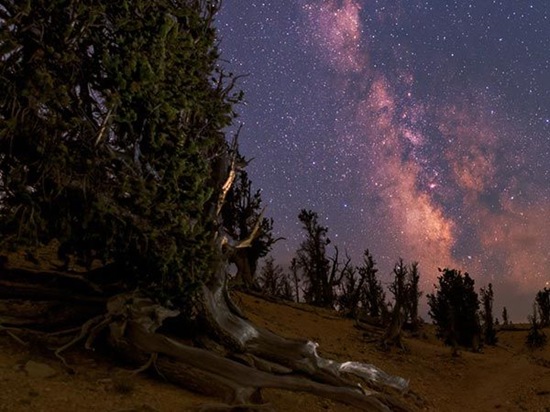
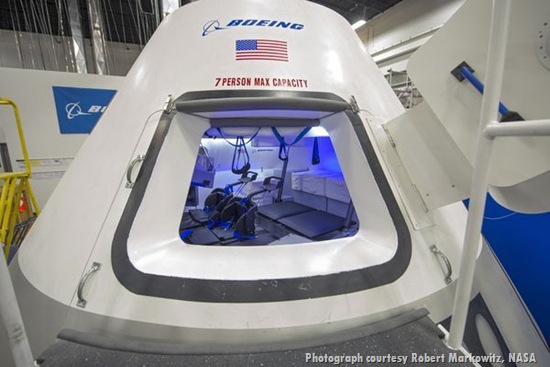
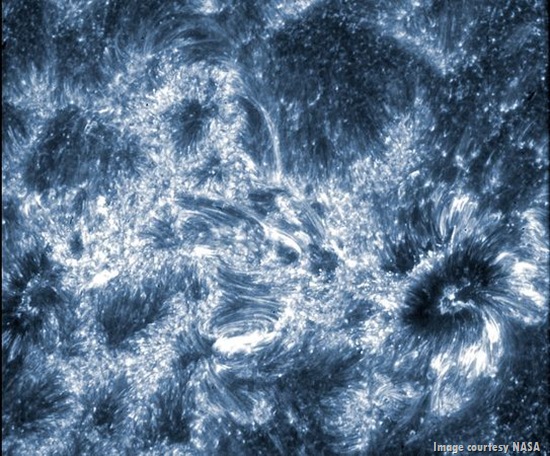
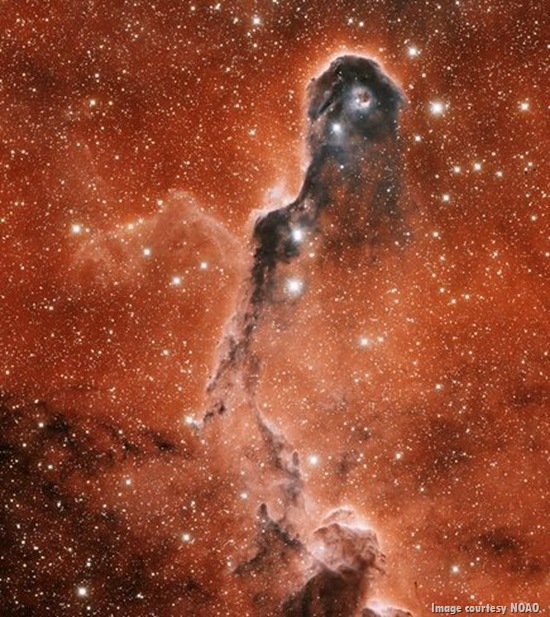
No comments:
Post a Comment
Please adhere to proper blog etiquette when posting your comments. This blog owner will exercise his absolution discretion in allowing or rejecting any comments that are deemed seditious, defamatory, libelous, racist, vulgar, insulting, and other remarks that exhibit similar characteristics. If you insist on using anonymous comments, please write your name or other IDs at the end of your message.